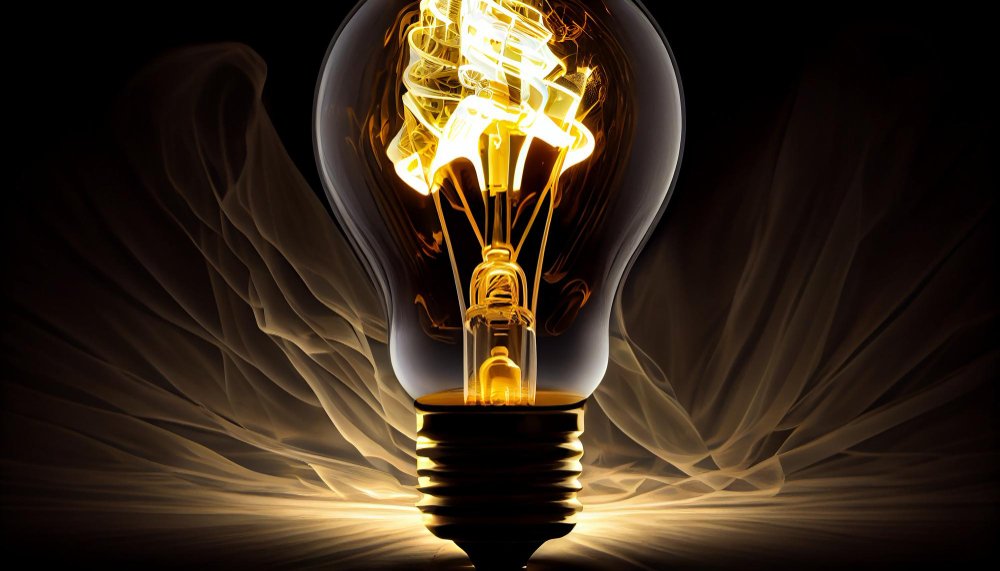Electricity Explained
Introduction
Situasi ID – Electricity is the flow of electrical power or charge, an essential part of nature and one of the most widely used forms of energy. It is a secondary energy source produced by converting primary sources of energy such as coal, natural gas, nuclear energy, solar energy, and wind energy into electrical power. Electricity is also known as an energy carrier, meaning it can be converted to other forms of energy like mechanical energy or heat.
Historical Context
The history of electricity dates back to the 1600s when scientists and inventors began exploring its principles. Benjamin Franklin’s famous kite experiment demonstrated that lightning is electricity. Thomas Edison, known for inventing the first long-lasting incandescent light bulb, and Nikola Tesla, who pioneered the use of alternating current (AC) electricity, made significant contributions that shaped our modern understanding and utilization of electricity.
Basics of Electricity
Electricity involves the flow of electrons through a conductor. Conductors are materials that allow the flow of electric charge, while insulators prevent it. Electric circuits are pathways that allow electricity to flow, consisting of a power source, conductors, and a load. The two types of electric current are direct current (DC), where the electric charge flows in one direction, and alternating current (AC), where the charge periodically reverses direction.
Generation of Electricity
Electricity is generated by converting primary energy sources:
- Coal: Burned to produce steam that drives turbines.
- Natural Gas: Used in gas turbines and combined-cycle plants.
- Nuclear Energy: Utilizes nuclear reactions to generate heat.
- Solar Energy: Converts sunlight into electricity using photovoltaic cells.
- Wind Energy: Uses wind turbines to generate power.
Primary energy sources can be renewable (solar, wind) or nonrenewable (coal, natural gas). The electricity generated, however, is neither renewable nor nonrenewable.
Transmission and Distribution
Once generated, electricity is transmitted from power plants through high-voltage power lines to substations, where it is transformed to lower voltages for distribution to homes and businesses. The grid infrastructure is a complex network that ensures reliable delivery of electricity.
Uses of Electricity
Electricity is crucial for various applications:
- Residential Uses: Lighting, heating, cooling, and powering appliances.
- Industrial Uses: Manufacturing processes, automation, and heavy machinery.
- Technological Uses: Computers, telecommunications, and medical equipment.
Innovations in Electricity
Recent advancements include smart grids, which improve efficiency and reliability, and the integration of renewable energy sources. Energy storage solutions like batteries and wireless power transfer are also gaining traction.
Environmental Impact
Electricity generation, especially from nonrenewable sources, contributes to pollution and a significant carbon footprint. Renewable energy sources offer cleaner alternatives. Energy conservation strategies help reduce the environmental impact.
Future of Electricity
The future of electricity is marked by trends such as increasing consumption, advances in renewable energy technologies, the electrification of transportation, and global initiatives promoting sustainable energy policies.
FAQs
What is electricity? Electricity is the flow of electrical power or charge, essential in our daily lives.



